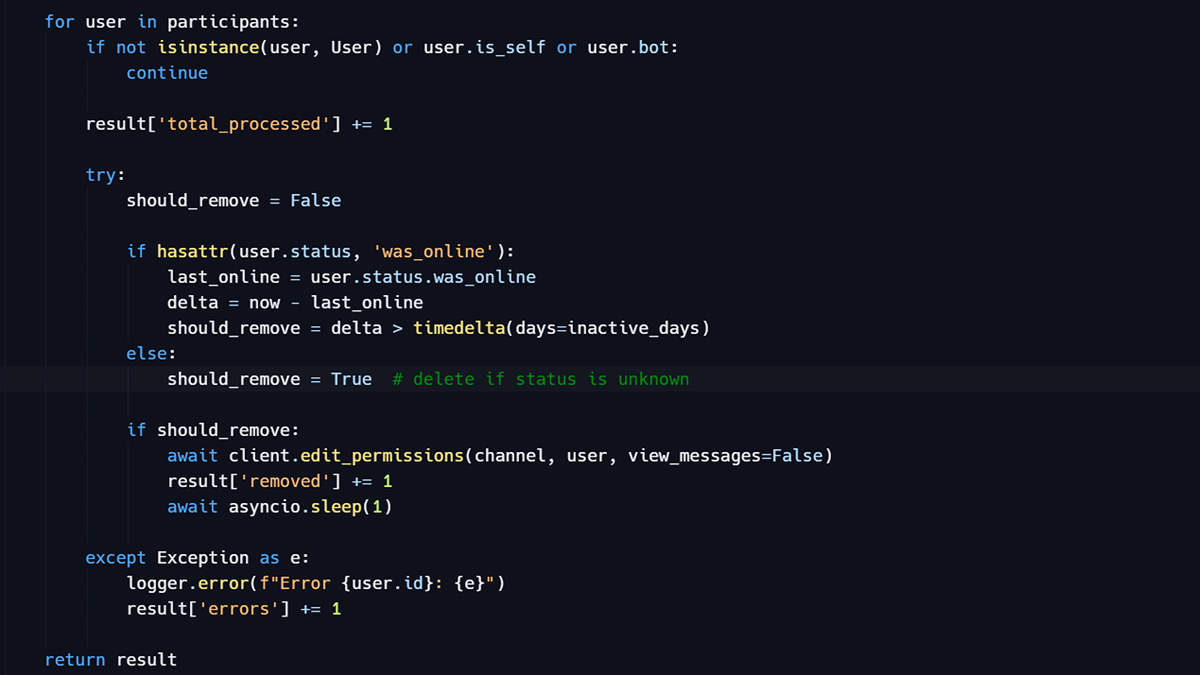Android Studio Java POST 请求实现:创建字典及发送数据
Android Studio Java POST 请求实现:创建字典及发送数据
本教程将指导您如何在 Android Studio 中使用 Java 代码实现一个 POST 请求,并包含如何创建字典以及将请求数据转换为 JSON 格式并发送到服务器。
代码示例
import java.io.BufferedReader;
import java.io.InputStreamReader;
import java.io.OutputStreamWriter;
import java.net.HttpURLConnection;
import java.net.URL;
import java.util.HashMap;
import java.util.Map;
import org.json.JSONObject;
public class PostRequestExample {
public static void main(String[] args) {
try {
// 创建 URL 对象
URL url = new URL('https://example.com/api/post');
// 创建连接对象
HttpURLConnection conn = (HttpURLConnection) url.openConnection();
// 设置请求方法
conn.setRequestMethod('POST');
// 设置请求头
conn.setRequestProperty('Content-Type', 'application/json;charset=UTF-8');
conn.setRequestProperty('Accept', 'application/json');
// 设置连接超时和读取超时
conn.setConnectTimeout(5000);
conn.setReadTimeout(5000);
// 创建请求参数字典
Map<String, String> params = new HashMap<>();
params.put('username', 'example');
params.put('password', '123456');
// 将请求参数转换为 JSON 格式
String requestBody = new JSONObject(params).toString();
// 向服务器发送请求参数
conn.setDoOutput(true);
OutputStreamWriter wr = new OutputStreamWriter(conn.getOutputStream());
wr.write(requestBody);
wr.flush();
// 获取服务器响应
int responseCode = conn.getResponseCode();
BufferedReader in = new BufferedReader(new InputStreamReader(conn.getInputStream()));
String inputLine;
StringBuffer response = new StringBuffer();
while ((inputLine = in.readLine()) != null) {
response.append(inputLine);
}
in.close();
// 输出服务器响应
System.out.println('Response Code : ' + responseCode);
System.out.println('Response Message : ' + response.toString());
} catch (Exception e) {
e.printStackTrace();
}
}
}
代码解释
- 创建 URL 对象: 使用
URL类创建要发送请求的 URL 对象。 - 创建连接对象: 使用
openConnection()方法获取HttpURLConnection对象。 - 设置请求方法: 使用
setRequestMethod()方法将请求方法设置为 'POST'。 - 设置请求头: 使用
setRequestProperty()方法设置 'Content-Type' 和 'Accept' 请求头,指定请求内容类型和期望的响应内容类型。 - 设置连接超时和读取超时: 使用
setConnectTimeout()和setReadTimeout()方法设置连接和读取超时时间,防止程序长时间等待。 - 创建请求参数字典: 使用
HashMap对象创建用于存储请求参数的字典。 - 将请求参数转换为 JSON 格式: 使用
JSONObject类将字典转换为 JSON 字符串。 - 发送请求参数: 设置
setDoOutput(true)以允许发送数据,使用OutputStreamWriter将 JSON 字符串写入连接的输出流。 - 获取服务器响应: 使用
getResponseCode()获取响应状态码,使用BufferedReader读取响应内容。 - 输出服务器响应: 将响应状态码和内容输出到控制台。
注意
- 确保已在项目中导入
org.json.JSONObject类。 - 将 'https://example.com/api/post' 替换为您的实际 API 地址。
- 将 'username' 和 'password' 替换为您的实际请求参数。
总结
本教程展示了如何在 Android Studio 中使用 Java 代码发送 POST 请求,并包含如何创建字典和将数据转换为 JSON 格式。您可以在此基础上根据实际需求进行调整和扩展。

原文地址: https://www.cveoy.top/t/topic/m0fP 著作权归作者所有。请勿转载和采集!